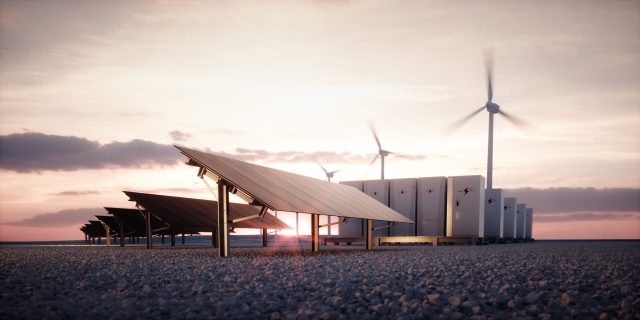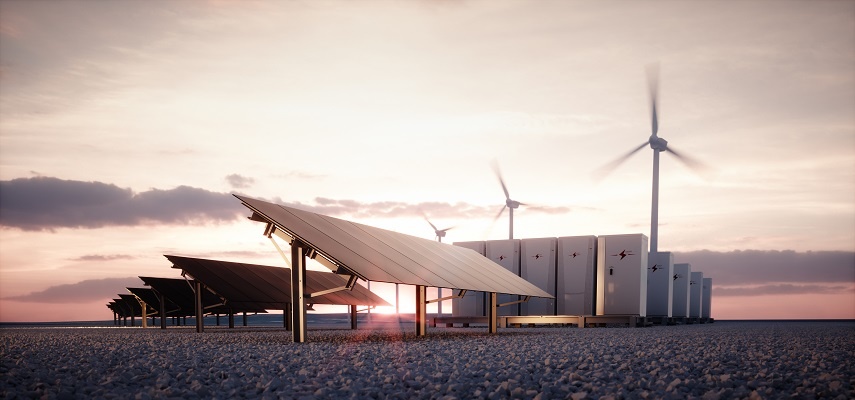The Covid-19 Pandemic affected most sectors of the economy with negative effects superseding the positive effects. The energy industry for instance which had employed over 2.3 million employees had to lay off over 400,000 people. On a positive note, the many lockdowns that were imposed on people all over the world led to a decline in global energy demands. This translated to a decrease in carbon dioxide emissions.
To adapt to the new normal thanks to the pandemic, the energy industry has had to come up with innovations such as new ideas to thrive. It has embarked on transitioning into renewable energy using efficient technologies and ICT solutions to remain afloat in business. Some of the ICT solutions include using the best power plant software for asset management.
This article will outline six innovations that are helping the industry thrive in the face of the pandemic.
1. Optimizing Energy Efficiency Of Buildings
Considering that about 40% of energy is consumed in buildings, the European Union’s directive on the energy performance of buildings has a focus to change it. They plan on employing the strategy referred to as ‘wave of renovations’ to reduce the consumption of energy of all existing buildings. This is towards the achievement of energy-efficient and decarbonized building stock.
There is increased use of the Building Information Modelling (BIM) technology in the construction industry to help the workers optimize energy efficiency by:
- Determining the best orientation concerning the sun to benefit from natural light.
- Selecting materials with the most insulating properties.
- Choosing the best interior room layout for good ventilation

2. Leveraging the Potential Of Renewable Energy
Together with ensuring that all buildings have very minimal energy consumption, means also moving ahead to produce renewable energy within the buildings. This renewable energy includes geothermal, wind, and solar. It’s also achieved by integrating solar panels on the roof or the facades, smart solar blinds, and solar thermal collectors.
Integration is done in the course of construction or afterward. The advantage here is that the solar panels produce clean energy as close as possible to the consumption site. As a result, transport-related losses are limited.
3. Energy-Friendly Systems
These include equipment and devices that are more energy-efficient like condensing boilers which collect exhaust gases from the combustion of natural gas. The use of energy-saving lamps like fluorescent or Light-Emitting Diode (LED) helps to consume 50% less energy than other light bulbs.
4. Monitoring And Adjusting Energy Consumption
This involves tools that develop a smart assistant to help people reduce their energy consumption. It tracks consumption in real-time through a box connected to the circuit breaker. There are also mobile apps that help to identify energy-intensive equipment and reduce their consumption. Also, there are sensors for temperature or movement which are fitted with thermostats that could be adjusted independently.

5. Tapping Into Heat from Waste
Tapping heat from the waste material is done using a computing heater. This is embedded with microprocessors to perform computations remotely via the internet. It’s usually used for banks, industrial workers in a sector or industry, or three-dimensional animation studios. The computations produce free heat that is eco-friendly to be used to heat buildings.
6. Recycling Waste Into Energy
Some tools combine wet oxidation and hydrothermal carbonization. This works by sterilizing wet organic waste and transforming it into renewable energy and useful products. These products include bio-coal, Phosphorus, and Nitrogen. While this technology helps to reduce the amount of waste that should be disposed of, it also generates energy in an environmental-friendly way.
It’s also possible to use a small home digester that converts household waste, like peelings and rotten fruits or vegetables, into renewable gas. Also, two kilograms of the waste can produce enough gas to cook for two hours.
Some technological advanced tools are also capable of transforming everyday waste such as diapers and paper cups into energy through pyrolysis. The energy produced here is fed into boilers to heat water.
Conclusion
Even with the availability of vaccines to prevent Covid-19, it’s not known when the pandemic will truly end. Therefore, life has to go on despite the uncertainties. Companies and individuals both have to manage energy consumption to limit their expenses. Management of energy consumption thus should be a key priority to the energy industry.
Luca Eiffel
Luca Eiffel is an Engineer who has worked in the energy industry for over 10 years. He writes blogs and articles to create awareness on energy-saving activities that protect the environment. In his free time, he likes to cycle and help as a community volunteer.


































